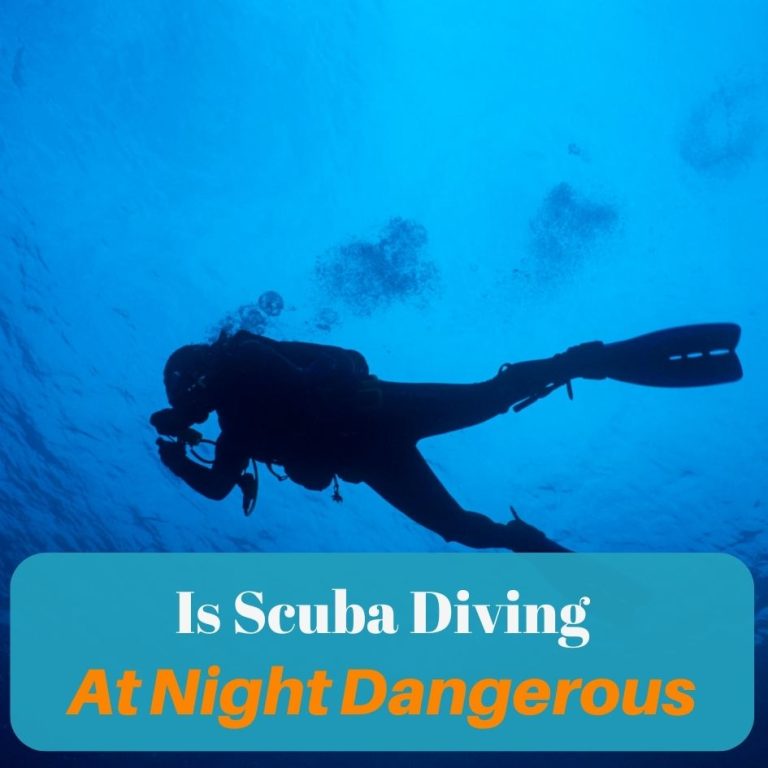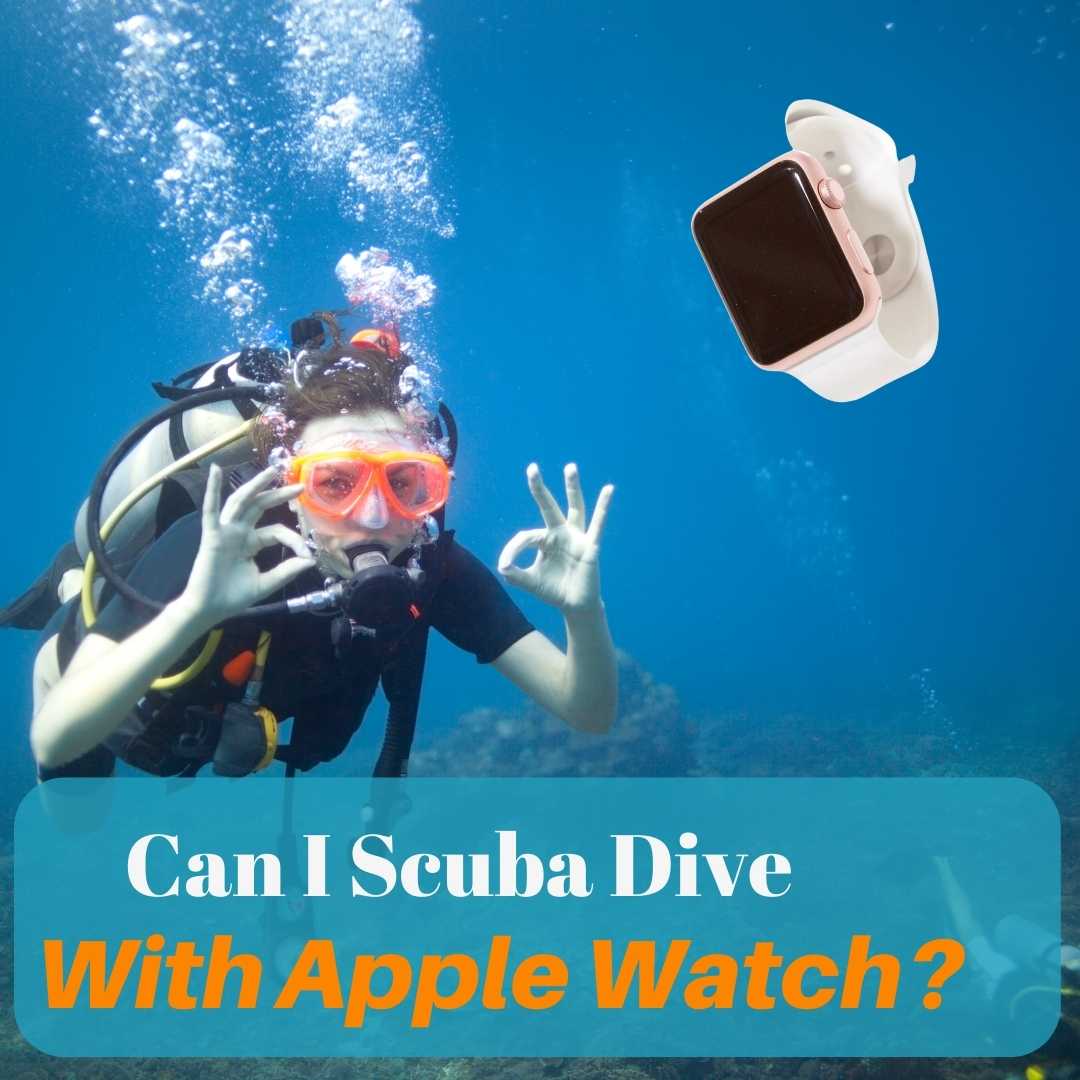Scuba diving at night presents a unique set of challenges and experiences compared to daytime diving. The darkness of the underwater world at night transforms the ocean, revealing a different side of marine life and creating a sense of adventure for divers. While the thought of plunging into the darkness may seem daunting, night diving is an activity many scuba enthusiasts find exhilarating. The key to a safe nighttime dive lies in preparation, knowledge, and the right equipment.

Safety is a primary concern when night diving. Divers must be well-versed in navigation, communication, and emergency procedures specific to nighttime conditions. The essential gear for a night dive typically includes a reliable dive light, backup light, and surface marker buoy. Risks are inherent in any form of scuba diving, but with careful planning and adherence to safety protocols, the dangers of night diving can be significantly mitigated. Divers are encouraged to be well-informed about the environment they’ll be entering and to always dive within their limits of training and experience.
Key Takeaways
- Night diving offers a distinct and thrilling underwater experience.
- Preparation and adherence to safety measures are crucial for a successful night dive.
- Proper equipment is essential to navigate and communicate in the dark.
Table of Contents
Understanding Night Diving

Night diving presents distinct considerations and exhilarating encounters under the cover of darkness. Divers must be adept at handling unique challenges, limited visibility, and varied behaviors of marine life after sundown.
Unique Challenges of Night Diving
Night diving requires divers to adapt to the absence of natural light. Divers should be familiar with using dive lights and understand how to communicate through hand signals illuminated by light. They must stay close to their buddy and be extra vigilant to avoid disorientation, which can be aggravated by the dark environment.
Common challenges include:
- Navigation difficulties due to a lack of visual landmarks
- Managing dive gear and lights
- Increased anxiety or fear in some divers
Effects of Limited Visibility
Limited visibility significantly impacts a diver’s experience and safety during a night dive. Divers rely heavily on their dive lights to observe their surroundings and communicate with their buddy.
Considerations for limited visibility:
- A narrowed field of vision necessitates more frequent checks for orientation and buddy position.
- A diver’s depth perception may be altered, requiring a careful review of gauges and instruments.
- Silt or particulate matter can be stirred up, reducing visibility further if not cautious with fin movements.
Nocturnal Marine Life Behavior
Nocturnal marine life displays behaviors and activities distinct from those observed during the day. Divers may witness marine creatures such as lobsters, octopuses, and reef sharks that are more active and hunting at night.
Marine life behaviors to observe:
- Polyps on corals that open up to feed, showcasing vibrant colors with the aid of a dive light
- Predatory activity increases, with some species utilizing the cover of darkness for hunting
- Bioluminescent organisms adding a mysterious glow to the underwater environment
Safety Measures and Precautions

Night scuba diving can be a thrilling experience if proper safety measures and precautions are put in place. Divers should have a carefully crafted plan, effective communication strategies, and reliable navigational tools to ensure a safe dive.
Pre-Dive Planning
Plan your dive; dive your plan: Night dives require more meticulous planning than daytime dives. Divers should always check their equipment, decide on maximum depth and bottom time, and consider environmental conditions like current and visibility. A buddy system is imperative.
Divers should:
- Discuss and set clear objectives and limitations.
- Be familiar with the dive site’s topography and potential hazards.
- Agree upon the dive’s start and end points.
Communication Techniques
Adapting signals for darkness: Visual communication at night differs due to limited visibility. Divers should use:
- Illuminated signals: such as flashlights or glow sticks to signal each other.
- Hand signals with light: directing the beam of a flashlight onto the hand for traditional hand signals.
- Auditory devices: like whistles or noise makers, especially useful if visibility is poor or in an emergency.
Navigational Tools and Techniques
Staying oriented in the dark: Proper navigation is crucial to avoid disorientation during a night dive. Divers should:
- Use a compass: for maintaining a set course.
- Follow natural contours: of the land underwater when possible.
- Utilize reference points: whether artificial lights or natural features, to aid in maintaining bearings.
- Set a tether line: from the boat or shore entry point, if appropriate for the dive site.
Essential Gear for Night Diving

For underwater explorers, night diving offers unique thrills, but it also requires specific gear to ensure safety and enjoyment. Proper equipment is crucial to navigate, communicate, and remain visible in the dark marine environment.
Dive Lights
Primary Dive Light: Essential for navigation and signaling, a high-intensity, waterproof primary dive light is a diver’s main source of illumination.
Backup Dive Light: In case of primary light failure, carrying a secondary dive light is crucial for continuous visibility and safety.
Safety Equipment
Marker Buoy with Light: This illuminated buoy marks the diver’s position to boats and surface support during the dive.
Whistle or Surface Sound Signal: For attracting attention in emergencies, a sound-producing device should be easily accessible.
Personal Identification Tools
Reflective Tape: Placed on gear and tanks, reflective tape helps divers identify each other and be spotted from a distance.
Personal Marker Light: Divers should wear a personal flashing or steady light visible from all directions to maintain visibility to their dive partner.
Risk Management

Scuba diving at night introduces unique risks that require careful management. Divers should prioritize developing clear emergency procedures, understanding the critical role of the buddy system, and acquiring strategies to prevent disorientation in the dark underwater environment.
Emergency Procedures
A diver must have well-practiced emergency procedures in place. Pre-dive checks should include ensuring that all equipment is functioning correctly, especially lights and navigation tools. It’s essential for each diver to carry a surface marker buoy (SMB) and know the procedures for use in case of separation or distress. The diver should also be proficient in communicating through hand signals and light signals due to low visibility conditions.
Buddy System Importance
The buddy system is paramount during night dives. Divers should always stay within close proximity to their partner and maintain regular visual contact.
| Role | Responsibilities |
|---|---|
| Leader | Navigate, set the pace, and make decisions about the dive |
| Follower | Monitor surroundings, time, and communicate any concerns |
If a diver becomes separated from their buddy, they should follow a pre-agreed protocol, such as searching for one minute before ascending to a planned rendezvous point.
Dealing with Disorientation
Divers should be prepared to handle disorientation, which is more common in the absence of natural light. Strategies include:
- Orienting themselves with a compass.
- Using natural references such as the sea floor or reef structures.
- Avoiding rapid head movements and maintaining a slow, steady breathing pattern to prevent vertigo.
It is vital that divers understand not to ascend blindly if lost but instead to wait and use their light to signal for help while slowly ascending, to reduce the risk of decompression sickness.
Frequently Asked Questions

In night diving, safety and preparedness are paramount. This section answers common questions on how to ensure a secure and enjoyable night diving experience.
What are the necessary safety precautions for night diving?
Divers must always dive with a buddy and use proper signaling devices like a tank marker light to stay visible. They should also be familiar with the dive site’s layout and environment to avoid disorientation.
What equipment is essential for a safe night diving experience?
A primary dive light is critical for visibility, alongside a backup light in case of primary light failure. Divers should also wear a light stick or marker light on their tank to make sure they remain visible to their buddy.
What unique marine life can be observed during a night dive?
Night diving affords the opportunity to observe nocturnal marine creatures and bioluminescent organisms not visible during the day. Divers may witness the predatory behavior of certain species that only hunt at night.
How does night diving differ from daytime scuba diving in terms of navigation?
Night diving requires more reliance on compass navigation and reference points on the dive site, as natural light cues are absent. Divers must be vigilant in monitoring their location and surroundings.
What are the recommended certification levels or training for engaging in night diving?
It’s advised that divers have an Advanced Open Water certification or have completed a specialty course in night diving. Proper training ensures divers are equipped to handle the unique challenges of night diving.
How do dive conditions typically change after dark and how does this affect the diving plan?
After dark, water temperatures may drop, and currents can shift, affecting visibility and marine behavior. Divers must assess conditions beforehand and adjust their diving plans, including entry and exit points and timing, accordingly.




